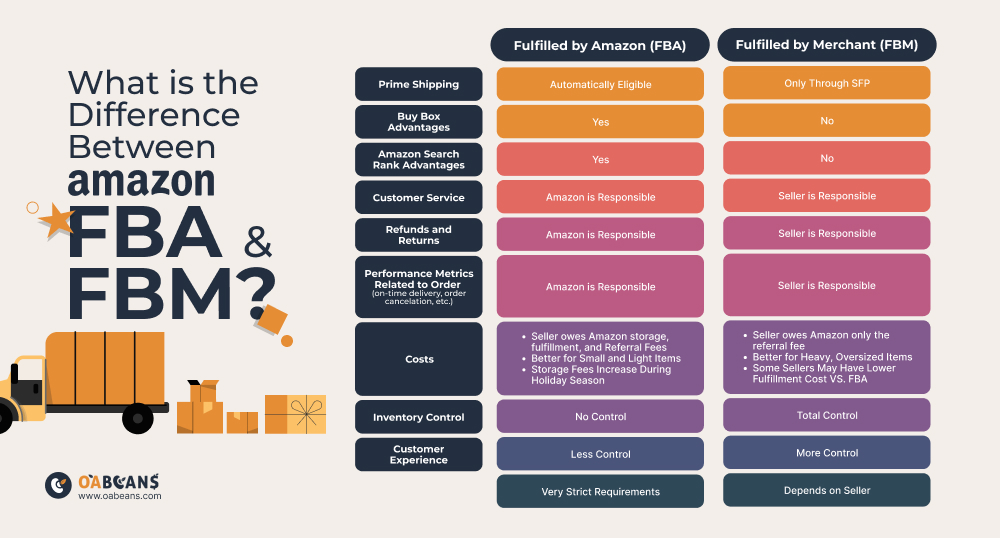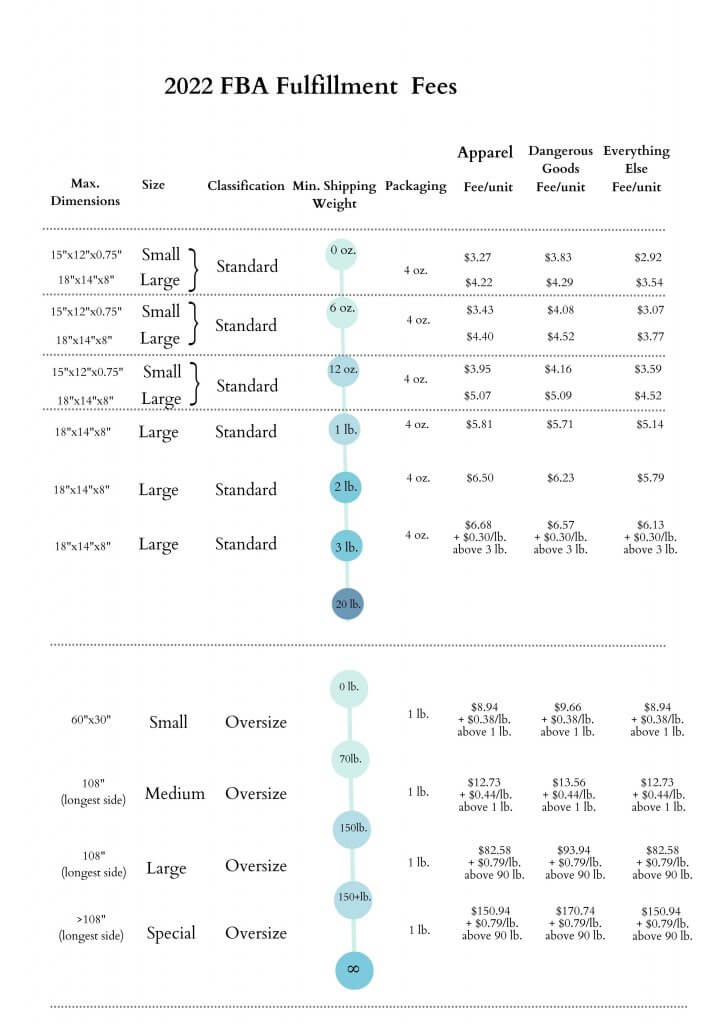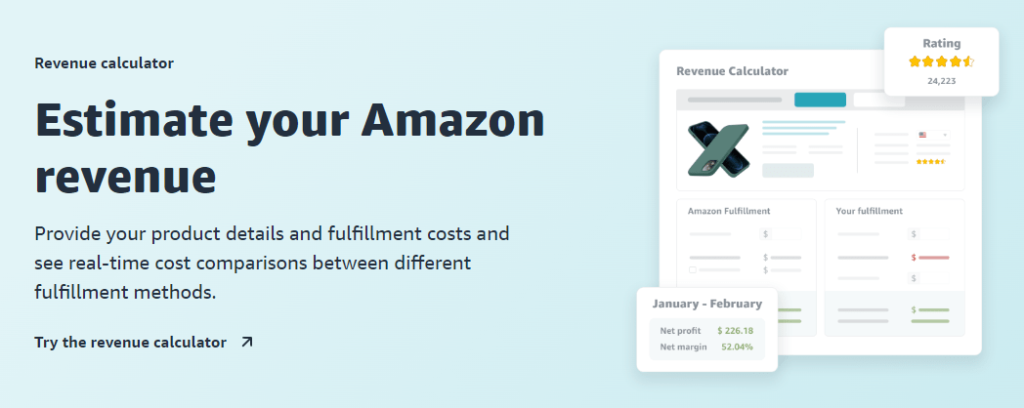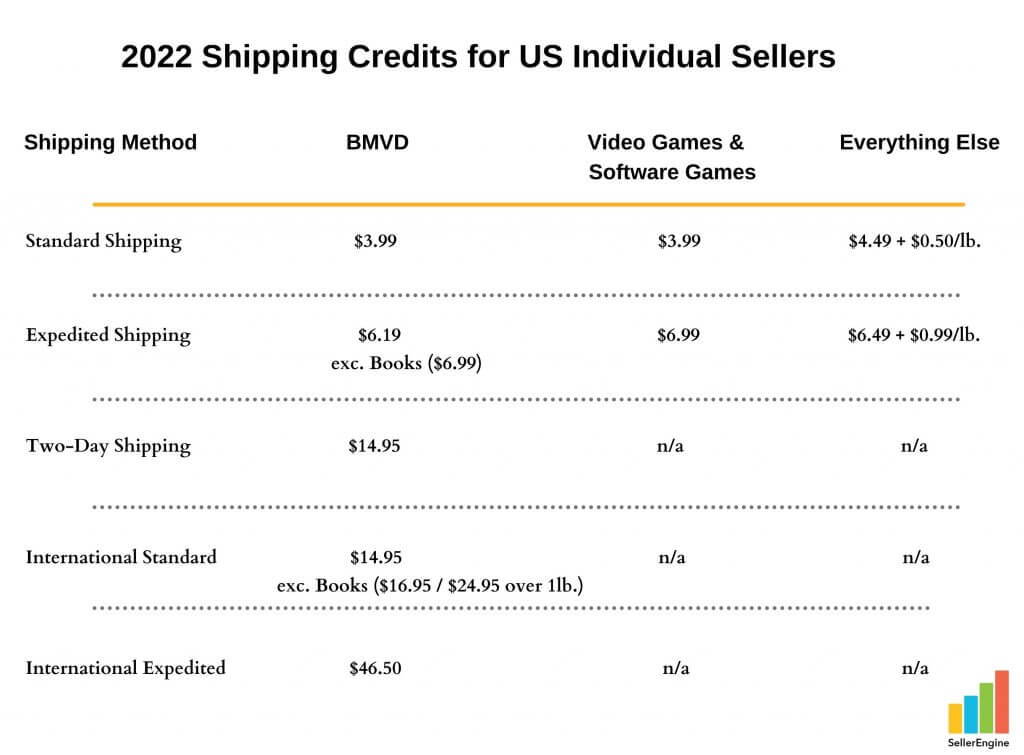Unlock the secrets of Amazon FBA fees to skyrocket your profits! Discover tips and tricks to maximize your earnings now.
Table of Contents
- Introduction to Amazon FBA
- Understanding Amazon FBA Fees
- Types of Amazon FBA Fees
- How to Use the Amazon FBA Calculator
- Reducing Amazon FBA Fees
- Considering Size and Weight for Fees
- Seasonal Fee Changes
- Additional Amazon FBA Services and Fees
- Profit Calculation with Amazon FBA Fees
- Keeping Track of Fee Changes
- Summary of Maximizing Profits
- FAQs
Introduction to Amazon FBA
Have you ever thought about selling things online like having your very own shop on the internet? Well, that’s where Amazon FBA comes in! It’s like having a virtual store where you can sell your products, and Amazon helps you out by storing your items in their big warehouses and shipping them to customers when they buy from you. Isn’t that cool?
Amazon FBA stands for Fulfillment by Amazon, which means that Amazon takes care of all the nitty-gritty details of storing your products, packing them up, and shipping them out to the people who buy them. So, you can focus on creating awesome products and letting Amazon handle the rest. It’s like having a team of helpers to make your online business run smoothly!
Imagine having your own store, but you don’t have to worry about finding a physical location, setting up displays, or dealing with shipping logistics. Amazon FBA makes it super easy for anyone, including kids like you, to start selling online and reach customers all around the world. Plus, it’s a great way to make some extra money while doing something you enjoy.
Understanding Amazon FBA Fees
Let’s look at the money you need to give to Amazon when you sell stuff through them. These are called fees, and knowing about them helps you keep more money in your pocket!
Types of Amazon FBA Fees
When you sell things on Amazon using their FBA program, you need to be aware of the different fees that Amazon charges. These fees are important to understand because they can affect how much money you make. Let’s take a closer look at the types of fees you might encounter:

Image courtesy of oabeans.com via Google Images
Storage Fees
One type of fee that Amazon charges is a storage fee. This fee is for keeping your items in their warehouses until they are sold. The amount of this fee depends on how much space your items take up in the warehouse and how long they are stored there.
Fulfillment Fees
Another fee you need to know about is the fulfillment fee. This fee covers the costs of picking, packing, and shipping your items to customers once they are sold. The size and weight of your items can also affect the amount of this fee.
By understanding these two main types of fees, you can better estimate how much money you will need to pay Amazon for their services. It’s important to factor in these fees when setting prices for your products so that you can still make a profit.
How to Use the Amazon FBA Calculator
Amazon has a special tool called the Amazon FBA Calculator that helps sellers like you figure out how much money you’ll spend and make. It’s like having a crystal ball that gives you all the answers you need to know about the fees involved in selling your products through Amazon.
Getting Started with the Calculator
First things first, you need to find the Amazon FBA Calculator. You can easily locate it on Amazon’s website by searching for “Amazon FBA Calculator” in the search bar. Once you’ve found it, you’re ready to start using this powerful tool.
Inputting Your Product Details
Next, you’ll need to input some information about the product you want to sell. This includes details like the product category, dimensions, weight, selling price, and other relevant details. By providing accurate information, the calculator can accurately estimate the fees you’ll incur.
Understanding the Results
Once you’ve entered all the necessary information, the Amazon FBA Calculator will generate a detailed breakdown of the fees associated with selling your product on Amazon. This includes fees for storage, fulfillment, and other services. Make sure to carefully review these results so you can plan your selling strategy accordingly.
Reducing Amazon FBA Fees
You don’t want the fees to be too much, right? So, we’re going to learn some tips on how to pay less in fees and keep more money for yourself!

Image courtesy of sellerengine.com via Google Images
Considering Size and Weight for Fees
Did you know that big and heavy things cost more to keep in Amazon’s stores and to send? We’ll see why that’s important for your fees.
Seasonal Fee Changes
During different times of the year, like before Christmas, Amazon might change their fees. Let’s find out when that happens and what it means.
Additional Amazon FBA Services and Fees
Besides storing and sending, Amazon has other help they can give you, like wrapping your things as gifts. But they charge extra for these services sometimes.
Considering Size and Weight for Fees
Did you know that the size and weight of the things you sell can affect how much money you have to pay to Amazon? Let’s find out why this is important when it comes to fees.
Size Matters
When you send big things to Amazon, they need more space to keep them in their stores. And more space means more money you have to pay for storing those items. So, if you can, try to sell things that aren’t too bulky to save on these fees.
Weight Adds Up
Heavy items are also more expensive for Amazon to store and send to customers. The more something weighs, the more it costs to keep it safe in their warehouses. So, if you have things that are light and easy to ship, you might pay less in fees.
By understanding how size and weight play a part in the fees you have to pay, you can make smarter choices about what to sell on Amazon. Keep these factors in mind when picking items to sell, and you might save yourself some money in the long run!
Seasonal Fee Changes
During different times of the year, like before Christmas, Amazon might change their fees. Let’s find out when that happens and what it means.

Image courtesy of marginbusiness.com via Google Images
When the holiday season approaches, Amazon sometimes adjusts the fees they charge sellers. This could mean that the cost of storing your products or having them shipped to customers might change. These seasonal fee changes are important to keep in mind, as they can impact how much money you make from selling your items.
For example, during busy shopping times like Black Friday or Cyber Monday, Amazon might increase their fees to handle the higher demand for products. This is because more sellers are using their services, and Amazon needs to make sure everything runs smoothly. These temporary fee adjustments are often a way for Amazon to manage their resources effectively during peak shopping periods.
It’s essential to be aware of these seasonal fee changes so you can plan accordingly. By understanding when fees may fluctuate, you can adjust your pricing strategy to account for potential increases and ensure that you’re still making a profit despite the changes.
Additional Amazon FBA Services and Fees
When you sell things on Amazon using FBA, there are more services available to help you besides just storing and shipping your products. However, it’s important to know that these services might come with additional fees attached.
| Product Category | Fulfillment Fee | Referral Fee | Closing Fee | Total Fees |
|---|---|---|---|---|
| Apparel | $2.41 – $4.71 | 15% commission | $1.80 | Varies |
| Electronics | $2.41 – $4.71 | 8% commission | $1.80 | Varies |
| Home & Kitchen | $2.41 – $4.71 | 15% commission | $1.80 | Varies |
| Books | $2.41 – $4.71 | 15% commission | $1.35 | Varies |
| Toys & Games | $2.41 – $4.71 | 15% commission | $1.35 | Varies |
Gift Wrapping Services
Amazon offers the option to have your products wrapped as gifts for your customers. This extra service can make your items look more special and appealing to buyers. However, keep in mind that there may be a fee for each item that is gift-wrapped by Amazon.
Fulfillment Fees for Multi-Channel Fulfillment
If you are also selling your products on other platforms or your own website, Amazon can help you fulfill orders from these channels as well. This is known as Multi-Channel Fulfillment. While it can make your business operations more streamlined, there may be additional fees associated with this service.
Return Processing Fees
If a customer returns a product they purchased from you, Amazon will handle the return process, inspect the item, and either return it to your inventory or dispose of it. There could be return processing fees incurred for this service, so it’s essential to be aware of these potential costs.
By understanding the various additional services that Amazon offers for FBA sellers and being mindful of the associated fees, you can make informed decisions to maximize your profits while using the platform.
Profit Calculation with Amazon FBA Fees
Now that we’ve explored the different types of fees associated with selling through Amazon FBA and learned how to use the Amazon FBA calculator to estimate these fees, let’s dive into how you can calculate your profits after considering all the fees involved.

Image courtesy of sellerengine.com via Google Images
Calculating Your Profits
Calculating your profits with Amazon FBA is like solving a fun math problem. First, you need to know how much money you received from selling your products. This is called your revenue. Next, you subtract all the fees that Amazon charges you, such as storage fees and shipping fees. These are the costs you need to pay. The result after subtracting the fees from your revenue is your profit!
Example Calculation
Let’s say you sold a toy for $20 on Amazon. After using the FBA calculator, you found out that Amazon’s fees for storing and shipping the toy amount to $5. To calculate your profit, you would subtract the $5 fees from the $20 revenue. This leaves you with $15 in profit. That’s the money you get to keep after paying all the necessary fees.
Remember, the key to maximizing your profits with Amazon FBA is to keep a close eye on your revenue and expenses. By calculating your profits accurately, you can track your success and make informed decisions to grow your online business.
Keeping Track of Fee Changes
Amazon can change their fees from time to time. That means the amount of money you need to pay them when you sell things might go up or down. It’s important to know when these changes happen, so you’re never caught off guard by new fees.
Staying Informed About Changes
To keep track of fee changes on Amazon, it’s a good idea to visit their website regularly. They usually update their fee information in a special section that tells you all about the fees and any recent changes. By checking this page often, you can stay informed and plan ahead for any adjustments you might need to make to your selling strategy.
Setting Up Notifications
Another way to stay on top of fee changes is to sign up for notifications from Amazon. They might send you emails or messages on your seller account to let you know about any upcoming fee adjustments. This way, you can prepare yourself and make any necessary changes to your pricing or inventory to account for the new fees.
Consulting with Other Sellers
It’s also helpful to talk to other people who sell things on Amazon. They might have insights or information about fee changes that you haven’t heard about yet. Joining online communities or forums where sellers gather can be a great way to stay informed and share knowledge about any fee updates on Amazon.
Summary of Maximizing Profits
Now that we’ve explored how to sell things online with Amazon FBA and understand the various fees involved, let’s summarize how to maximize your profits like a pro!

Image courtesy of marketgap.pro via Google Images
Firstly, it’s crucial to use the Amazon FBA calculator to estimate your expenses accurately. This magical tool helps you determine the fees associated with storing and shipping your products, allowing you to price your items strategically.
Next, consider the size and weight of your products. Remember that bigger and heavier items incur higher fees, so try to optimize your inventory to minimize these costs and boost your profits.
Another essential tip is to stay informed about seasonal fee changes. During peak shopping periods like the holidays, Amazon may adjust its fees, affecting your overall expenses. By anticipating these fluctuations, you can make informed decisions to protect your bottom line.
Additionally, take advantage of Amazon FBA’s supplementary services like gift wrapping, but be mindful of the extra charges associated with these options. While these services can enhance customer experience, they also impact your overall profit margins.
Lastly, keep track of fee changes and regularly review your profit calculations to ensure you’re maximizing your earnings efficiently. By staying proactive and informed, you can navigate the dynamic landscape of Amazon FBA fees and optimize your financial success.
FAQs
How do I start selling on Amazon FBA?
To start selling on Amazon FBA, you need to create an account on Amazon and sign up for their FBA program. Once you’re set up, you can send your products to Amazon’s warehouses, and they’ll take care of storing and shipping them for you!
What kind of fees do I have to pay with Amazon FBA?
With Amazon FBA, you’ll need to pay fees for storing your products in Amazon’s warehouses, as well as fees for shipping them to customers. These fees help cover the costs of using Amazon’s services and make sure your customers get their orders quickly.
Can I use the Amazon FBA calculator to estimate how much money I’ll make?
Yes! The Amazon FBA calculator is a great tool to help you estimate your costs and profits. By inputting details about your products like size, weight, and selling price, the calculator can give you an idea of how much money you’ll make after fees.
Are there any ways to reduce the fees I have to pay with Amazon FBA?
Absolutely! There are several strategies you can use to lower your Amazon FBA fees. For example, optimizing your product listings, reducing the size and weight of your products, and taking advantage of Amazon’s seasonal fee changes can all help you save money and maximize your profits.
How often do Amazon FBA fees change?
Amazon FBA fees can change from time to time, so it’s important to stay informed about any updates. By keeping track of fee changes and adjusting your selling strategy accordingly, you can ensure that you’re always prepared for any adjustments in fees.
